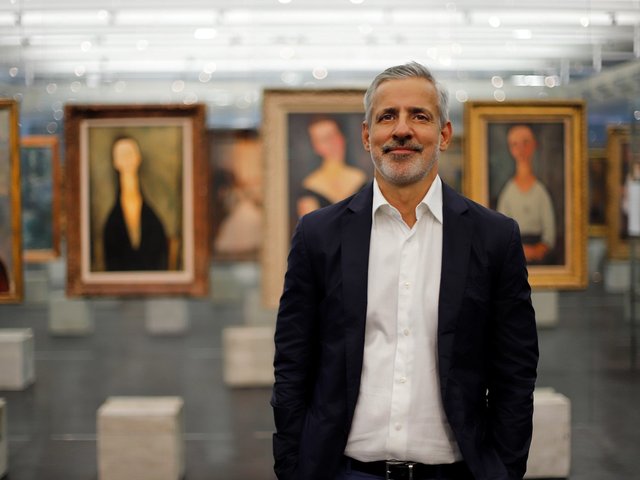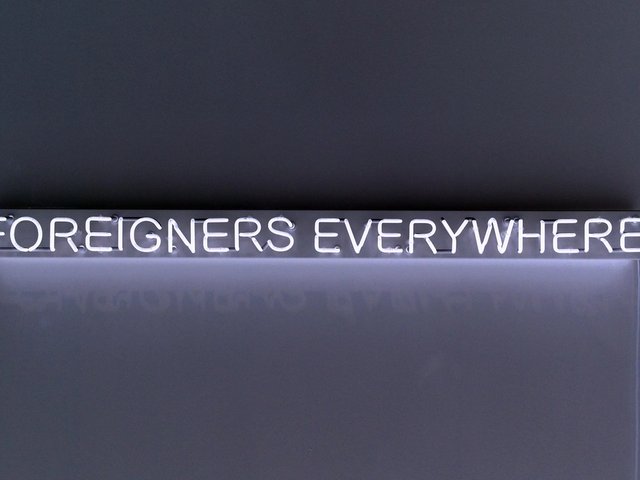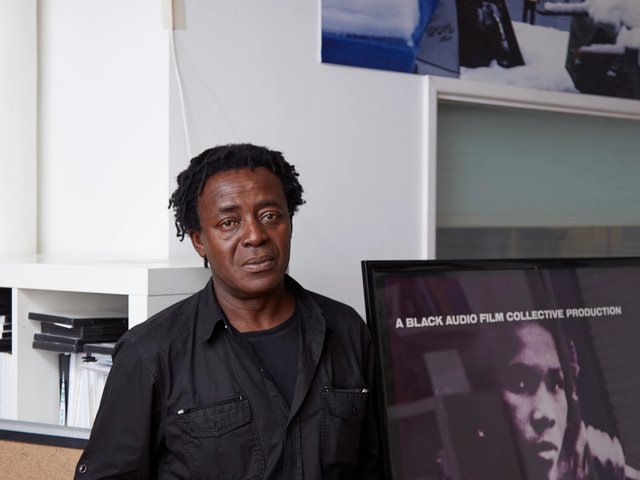Adriano Pedrosa, the curator of the 2024 Venice Biennale, has outlined his vision for the 60th International Art Exhibition next year (20 April-24 November 2024). His Venice show, which is entitled Foreigners Everywhere, will focus on “artists who are themselves foreigners, immigrants, expatriates, diasporic, émigrés, exiled, and refugees”, he says in a statement.
The idea of the straniero—foreigner or outsider—is integral to his curatorial concept, referring to “the queer artist, who has moved within different sexualities and genders, often being persecuted or outlawed; the outsider artist, who is located at the margins of the art world, much like the autodidact and the so-called folk artist; as well as the indigenous artist, frequently treated as a foreigner in their own land”.
Pedrosa, who was named curator late last year, says that his show will subsequently reflect economic and socio-political issues. “The backdrop for the work is a world rife with multiple crises concerning the movement and existence of people across countries, nations, territories and borders, which reflect the perils and pitfalls of language, translation and ethnicity, expressing differences and disparities conditioned by identity, nationality, race, gender, sexuality, wealth, and freedom,” he adds.
Pedrosa highlighted in a livestreamed briefing earlier today that the Biennale will feature a "Nucleo Storico", a section comprising works by 20th-century artists from Latin America, Africa, the Arab world, and Asia. A special section in the "Nucleo Storico" will be devoted to the worldwide Italian artistic diaspora in the 20th century.
“[These are] Italian artists who travelled and moved abroad developing their careers in Africa, Asia, Latin America, as well as in the rest of Europe, becoming embedded in local cultures—and who often played significant roles in the development of the narratives of modernism beyond Italy,” he said.
Roberto Cicutto, president of the Venice Biennale, said that “there has never been a curator from a Latin American country” (Pedrosa is the director of MASP, the São Paulo Museum of Art).
“There has always been a significant participation of South American artists in the Biennale. But it is very different when they are invited by a curator who has roots in the same culture and has developed a global outlook over the years,” Cicutto said. “This is not just an aesthetic point of view, but a geographical one as well, just like in film when you shoot a reverse shot of the same scene.”






